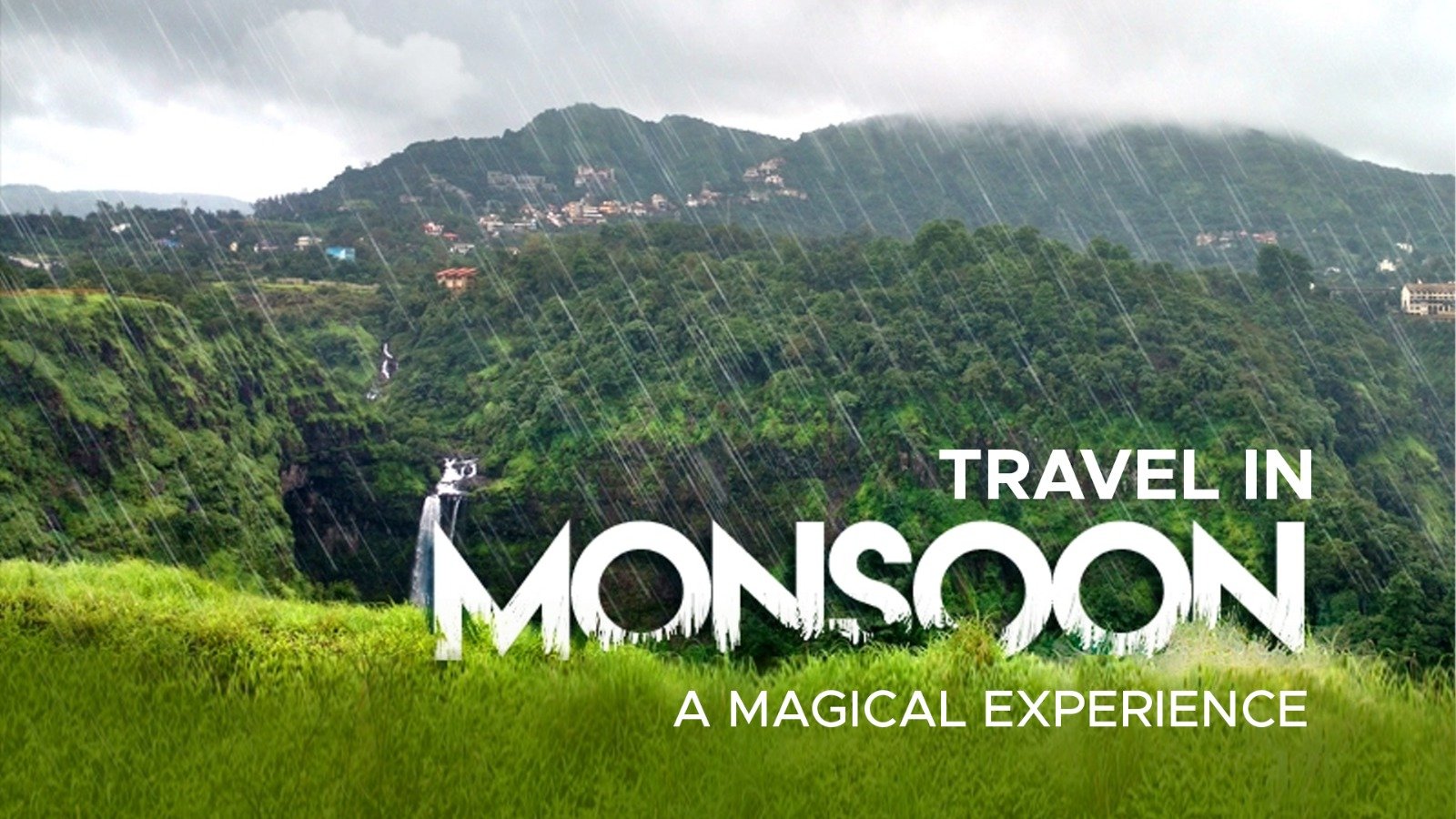Durga is an ancient deity of Hinduism according to available archeological and textual evidence. However, the origins of Durga puja are unclear and undocumented. Surviving manuscripts from the 14th-century provide guidelines for Durga puja, while historical records suggest the royalty and wealthy families have been sponsoring major Durga Puja public festivities since at least the 16th-century. The 11th or 12th-century Jain text Yasatilaka by Somadeva mentions an annual festival dedicated to a warrior goddess, celebrated by the king and his armed forces, and the description mirrors attributes of Durga puja.The Dadhimati Mata Temple of Rajasthan preserves a Durga-related inscription from chapter 10 of Devi Mahatmya. The temple inscription has been dated by modern methods to 608 CE.The name Durga, and related terms, appear in Vedic literature, such as in the Rigveda hymns 4.28, 5.34, 8.27, 8.47, 8.93 and 10.127, and in sections 10.1 and 12.4 of the Atharvaveda A deity named Durgi appears in section 10.1.7 of the Taittiriya Aranyaka. While the Vedic literature uses the word Durga, the description therein lacks legendary details about her or about Durga puja that is found in later Hindu literature.A key text associated with Durga puja is Devi Mahatmya, which is recited during the festival. Durga was likely well established by the time this Hindu text was composed, which scholars variously estimate Durgato date between 400 and 600 CE. The Devi Mahatmya scripture describes the nature of evil forces symbolised by Mahishasura as shape-shifting, deceptive, and adapting in nature, in form and in strategy to create difficulties and thus achieve their evil ends.
Regional celebrations and observances
There exists variation in worship practices and rituals associated with Durga puja, as is the case with other Hindu festivals, in the Indian subcontinent.Hinduism accepts flexibility and leaves the set of practices to the choice of the individuals concerned. Different localised rituals may be observed regionally, with these variations accepted across temples, pandals, and within families.The festival is most commonly associated with Bengali Hindus, and with the community having variability and differences in practices. There may exist differences of practice between the puja of theme-based Pandals, family pujas (with puja of erstwhile aristocrat families known as bonedi puja), and community pujas (known as barowari pujas ) of neighbourhoods or apartments.The rituals of the puja also vary from being Vedic, Puranic, or Tantric, or a combination of these. ] The Bengali Durga puja rituals typically combine all three. The non-Bengali Durga puja rituals tend to be essentially Vedic (srauta) in nature but they too incorporate esoteric elements making the puja an example of a culmination of Vedic-Tantric practices.Historical evidence suggests that the Durga puja has evolved over time, becoming more elaborate, social, and creative. The festival had earlier been a domestic puja, a form of practice that still remains popular. But it had also come to be celebrated in the sarvajanin (public) form, where communities get together, pool their resources and efforts to set up pandals and illuminations, and celebrate the event as a "mega-show to share".The origins of this variation are unclear, with some sources suggesting a family in Kolkata reviving such celebration in 1411 CE.
Celebrations outside India
Durga puja is celebrated commonly by Bangladesh's Hindu community. Some Bengali Muslims also take part in the festivities.In Dhaka, the Dhakeshwari Temple puja attracts visitors and devotees.In Nepal, the festivities are celebrated as Dashain.Beyond south Asia, Durga puja is organised by Bengali communities in the United States of America. Durga puja celebrations have also been started in Hong Kong by the Bengali diaspora.In Canada, Bengali Hindu communities both from Bangladesh and West Bengal, India organise several Durga pujas. ] Greater Toronto Area has the most number of Durga Puja celebration venues organised by different Bengali cultural groups such as Bangladesh Canada Hindu Cultural Society (BCCHS), Bongo Poribar Sociocultural Association etc.City of Toronto has a dedicated Durga Temple named Toronto Durgabari where Durga puja is organised along with other Hindu celebrations. Most of the puja venues of Toronto area try to arrange the puja in the best possible way to follow the lunar calendar and timings.Celebrations are also organised in Europe. The sculpture-idols are shipped from India and stored in warehouses to be reused over the years.According to BBC News, for community celebrations in London in 2006, these "idols, belonging to a tableau measuring 18ft by 20ft, were made from clay, straw and vegetable dyes". At the end of the puja, the sculpture-idols were immersed in River Thames for the first time in 2006, after "the community was allowed to give a traditional send-off to the deities by London's port authorities".In Germany, the puja is celebrated in Cologne, and other cities. In Switzerland, puja in Baden, Aargau has been celebrated since 2003. In Sweden, the puja is celebrated in cities such as Stockholm and Helsingborg.In the Netherlands, the puja is celebrated in places such as Amstelveen, Eindhoven, and Voorschoten. In Japan, Durga Puja is celebrated in Tokyo with much fanfare.






